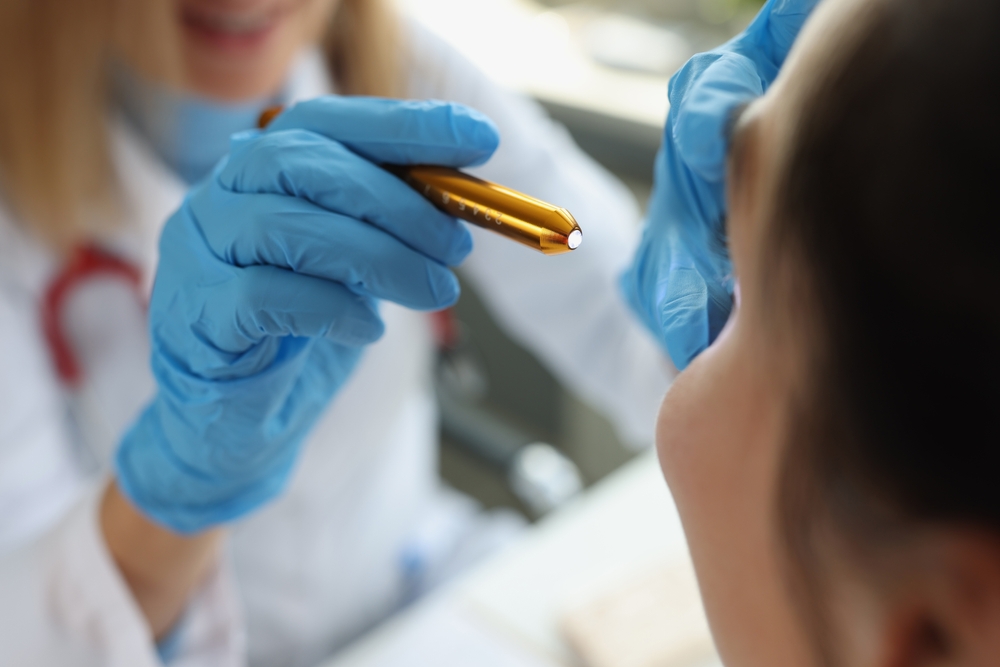
The International Keratoconus Academy of Eye Care Professionals believes in making people more aware of keratoconus. This eye condition affects your cornea, which focuses light on the back of your eye. Knowing its signs and symptoms can help you get immediate treatment. Here are the details.
It Runs in the Family
Learning that someone in your family has or had keratoconus is a strong reason to get an eye check for it. Research reveals that this eye condition may be passed down from one generation to the next. If you have keratoconus, you must bring your child in for screening. The screening is more urgent if your child has astigmatism or nearsightedness.
Astigmatism and Nearsightedness Are Worsening
If your astigmatism and myopia are worsening, you may have keratoconus. This condition may develop more in people with higher astigmatism than myopia. Your eye doctor will use a keratometer to determine how high your corneal astigmatism is. Corneal topography may also help assess your cornea. This can confirm if you are a keratoconus candidate.
A Cone-shaped Cornea
This is often present in patients with severe keratoconus. Corneal hydrops may also appear in the advanced stages of this condition. This is when the eye looks milky. Without immediate treatment, vision loss will happen at this stage. Corneal changes are often difficult to see in the early stages of this disease.
Prescription Contact Lenses or Eyeglasses Are Not Enough to Correct Your Vision
In some cases, patients with moderate to severe cases of keratoconus may not improve with eyeglasses or contact lenses anymore. They may start to see double, shadows, and glare. Specialty contact lenses may help you at this point. There is no cure for keratoconus, but these contacts can correct some of the changes that you are experiencing. Research reveals that corneal crosslinking can slow the damage to your eyes. But this treatment will need early detection.
The Presence of Specific Systemic Conditions
Systemic diseases, such as retinitis pigmentosa or Downe syndrome, can trigger the development of keratoconus. Your eye doctor will check your cornea if you have such systemic diseases. Working with your primary care doctor can make keratoconus management on track.
Other Signs and Symptoms
Your cornea will thin out if you have keratoconus. As this eye ailment worsens, your cornea will lose its symmetry. Your vision will have mild to severe distortion because of this. Here are the other known signs and symptoms of keratoconus.
Vogt’s striae are vertical lines on your cornea. They often disappear when you apply firm pressure over the affected eye.
The Rizzuti sign is a curved reflection that appears when your eye doctor shines a light on the side of your cornea that is nearest your temple.
A Fleischer ring is a ring of iron deposits around your cornea. This brown ring is visible under a cobalt blue filter.
Eyestrain
Poor night vision
Corneal swelling
Halos
Constant urge to rub your eyes
Awareness of keratoconus signs and symptoms can help you get the screening and management that you need. At Tri-City Optometry, we help our patients maintain good eye health with safe and effective eye care products and treatments. You can visit our facility in Fremont, California, for an in-person consultation. Please call 510-602-2020 to set an appointment or ask about our keratoconus screening and management packages.







